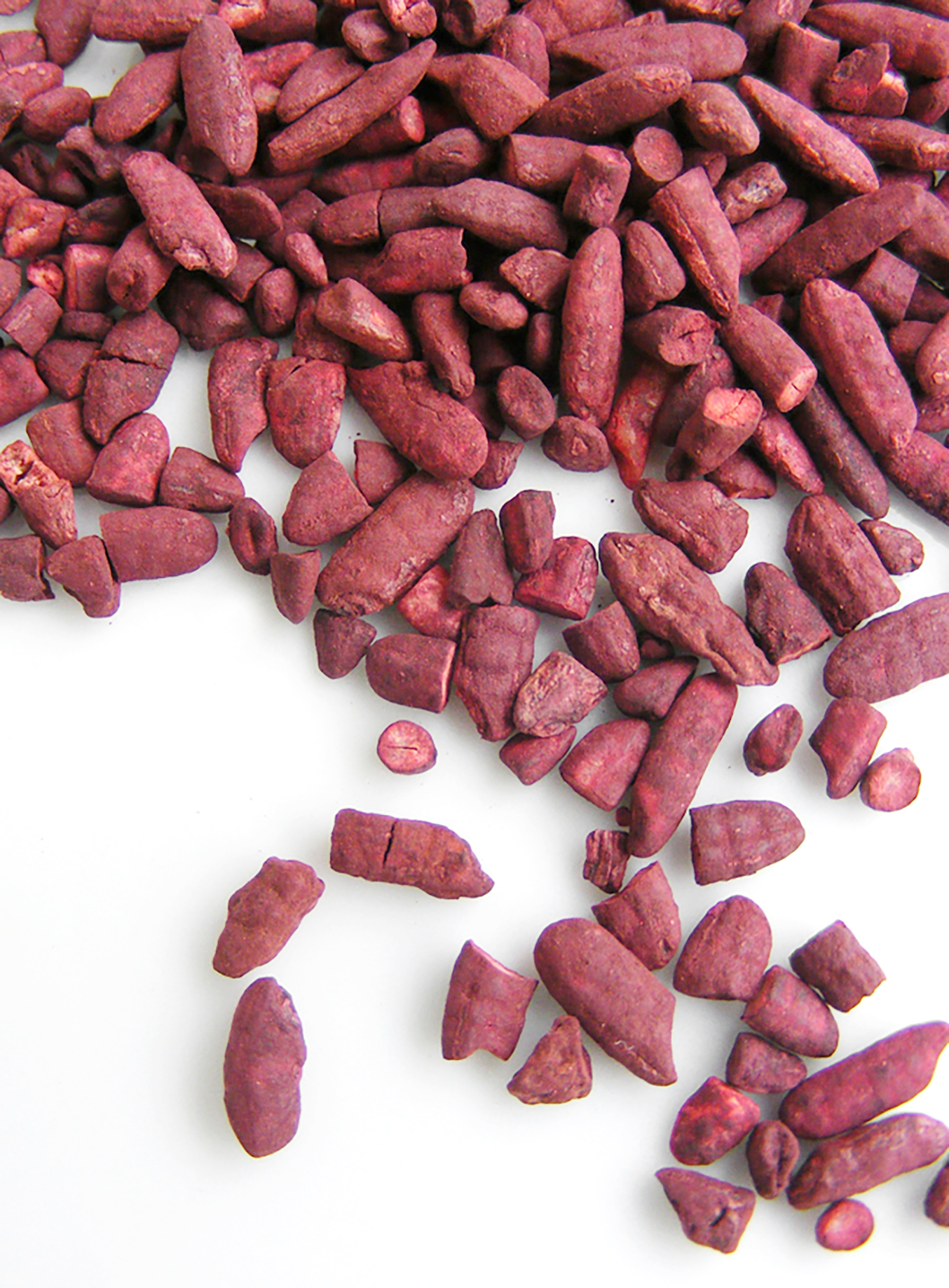Two kitchen secrets from China
These ingredients made a lot of difference in Grandma's kitchen
By Sol Vanzi
At A Glance
- Our kitchen had two ingredients from China which are not ordinarily stocked in other households: kasubha for lechon sauce and angkak to make burong isda (fermented fish).<br><br>

Grandma was famous in our hometown both for dishes that were simple peasant fare as well as elaborate fiesta offerings which reflect traditions of all the segments of the population of her home province, Cavite.
Caviteñas with her expertise were much in demand in the period after World War II as businesses were opening up or expanding. Business was brisk at public market eateries, where much of the population, deprived of food for four years, filled up on old and new edibles.
Big hits were post-war items introduced by Americans: potato salad, fruit salad with canned fruit cocktail, and steamed fish drowned in a layer of mayonnaise spiked with sweet relish. Almost all the ingredients were imported.
War widows came to grandma and other known cooks to learn basic kitchen lessons as well as new dishes introduced by the Americans and used these skills to find employment.
Young girls in the neighborhood were encouraged by their parents to hang around my lola for another reason: to become better wife material when they matured.
Our kitchen had two ingredients from China which are not ordinarily stocked in other households: kasubha for lechon sauce and angkak to make burong isda (fermented fish).
Grandma used the kitchen as her playground. She created crisp fritters from tiny fresh water shrimp called tagunton and fermented the bigger ones with rice and mudfish in clay pots as buro to serve as viand when the weather prevented fishermen from going out to sea. Homemade burong isda sauteed in tomatoes and onions is so good it gets consumed even when there's plenty of meat dishes on the table. Shrimp fermented with rice is called balao-balao.

Freshwater fish strips are salted, mixed with cooked rice, garlic, ginger, and a small amount of angkak (red yeast-fermented rice from China).
Pack the rice and fish mixture into a wide-mouth sealable jar, or a crock, pressing downward to force out air pockets. Cover the crock with a fabric secured by a string or rubber band to keep insects out. Ferment one to two weeks. To serve, sauté with garlic and onion, adding more water as necessary.
Grandma's lechon sauce continues to be the most popular item in her collection of personal recipes. It has three crucial ingredients: raw garlic, scorched pork liver, and dry-stir fried kasubha.
Popularly known as local saffron, kasubha looks very much like saffron strands—but it is not saffron. Kasubha is from the safflower. Just like real saffron, the red petals of the safflower also dyes food a lovely yellow color but doesn't impart any taste.
Saffron is easily the world’s most expensive spice. and the two are alike enough that it is sometimes called “bastard saffron.”
Safflower and saffron are similar enough that they can be mistaken for each other to the untrained eye.Kasubha is sold in spice corners of supermarkets.
Because of the high cost of saffron, kasubha is widely used as a replacement for saffron by budget-minded cooks. One can easily use saffron in place of safflower in dishes where its strong flavor will not be a problem.
Here are a few other uses for safflower and saffron:
Saffron is an essential ingredient in bouillabaisse and in paella. Indian cooks use it in rice dishes, and Italian cooks use it in risotto.
For Grandma’s pebre, start by simmering lechon bones at least four hours to dissolve all collagen into the broth. Strain broth. Saute chopped onions and garlic. Add to broth with bay leaves.
Sprinkle coarse salt on pork live slices. Broil over hot coal until burnt around the edges. Cool, then chop finely or grind. In greseless pan, dry-roast kasubha until brown. chop finely and add to broth with seasonings to taste: vinegar, salt, sugar, black pepper, and chopped raw garlic.
Thicken the pebre with ground toasted bread crumbs.